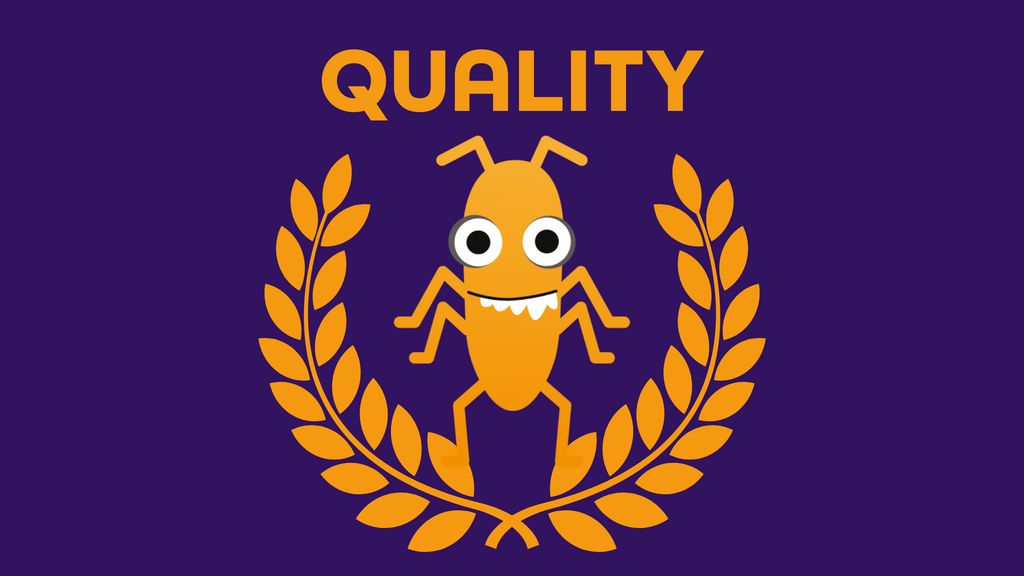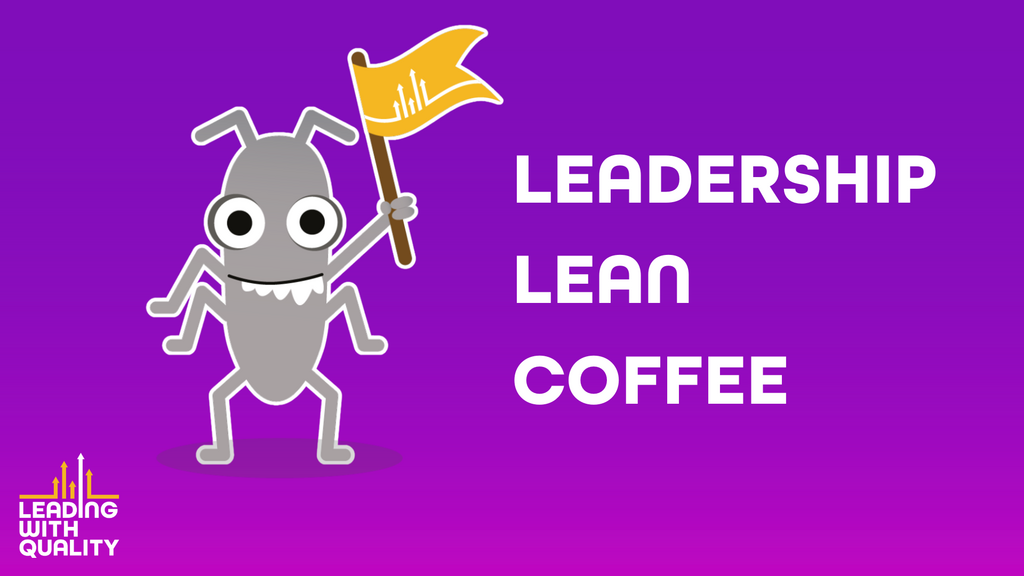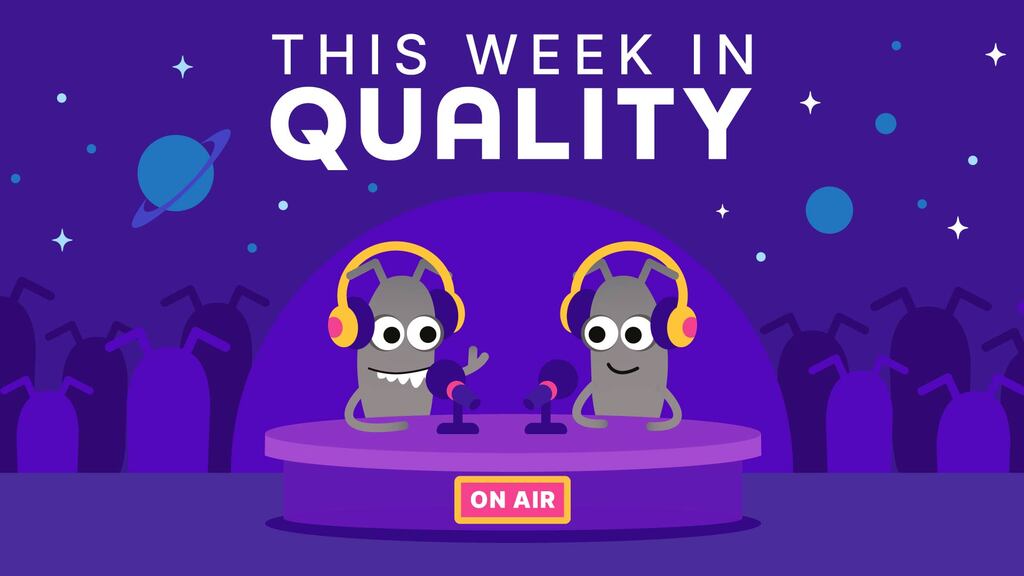Quality, or in our case, 'software quality', is one of those words that everyone uses, is rarely questioned in the moment, but can mean so many different things. Suman Bala, gives a great example of a Throne and a school chair. Their costs are exponentially different. Their materials, complexity and design are miles apart. Yet, for their purpose, in their context. Their quality can be argued as comparable. The soft and plush throne, with its many adornments, used only a few times, can be perfect for the context in which it is used. The hard and basic metal and plastic chair. Used tens of thousands of times, it can also be perfect in a school environment where it needs to be cheap, hard-wearing, and even stackable. Vastly different, yet equally valuable.
In software, quality can depend on such a variety of factors that having a single definition can be more unhelpful than not. A developer might see quality as clean code with no 'smells'. A tester might see it as a multitude of things, from alignment with requirements or acceptance criteria to its accessibility and usability. A user might simply want something that works.
Gerald Weinberg described quality as “value to someone”, which has been augmented over time with things like, 'who matters' and, 'at some time'. Even with context, quality is not always a fixed measure but something shaped by people, context, and purpose. What matters to one group may not matter to another, and that is why software quality always needs a conversation.
Stuart Crocker, in a LinkedIn post in 2024, said. "This is now my goto definition of what software testing is, "The exploration and discovery of intended and unintended behaviours in the software we build and their impact on product value—for both customers and the business." With my definition of quality being "The absence of unnecessary friction" These two definitions, working together, help me make quick, useful decisions on what to test and from that testing, what is necessary to improve." That view captures how feelings can be a primary indicator of quality (to someone).
Dan Ashby talks about quality in his 2019 blog post on Philip Crosby's 4 absolutes of quality in a software context. He takes those and suggests his own adaptations, the first of which is, "Quality is defined as “correctness” and “goodness” in relation to stakeholder value. This is adapted from "Quality is defined as conformance to requirements", and as Crosby was a quality leader in manufacturing, conformance to requirements is fundamental. For software, we need more.
In the end, quality in software is not something I can tell you. It is context-dependent, shaped by many things like purpose, constraints, time, and the people involved. There is no universal checklist. The key is understanding what quality means in your situation, how it will be measured, and who it truly matters to. Some are helped by customer feedback, some by monitoring and observation of software performance. Others look to quantify in various ways. They ask, 'How long does it take to learn and understand a new feature?' Or determine, 'What scales or meters can we employ to measure a 'value'.
However you describe or measure software quality will be dependent on the factors you have. Have fun doing it.
In software, quality can depend on such a variety of factors that having a single definition can be more unhelpful than not. A developer might see quality as clean code with no 'smells'. A tester might see it as a multitude of things, from alignment with requirements or acceptance criteria to its accessibility and usability. A user might simply want something that works.
Gerald Weinberg described quality as “value to someone”, which has been augmented over time with things like, 'who matters' and, 'at some time'. Even with context, quality is not always a fixed measure but something shaped by people, context, and purpose. What matters to one group may not matter to another, and that is why software quality always needs a conversation.
Stuart Crocker, in a LinkedIn post in 2024, said. "This is now my goto definition of what software testing is, "The exploration and discovery of intended and unintended behaviours in the software we build and their impact on product value—for both customers and the business." With my definition of quality being "The absence of unnecessary friction" These two definitions, working together, help me make quick, useful decisions on what to test and from that testing, what is necessary to improve." That view captures how feelings can be a primary indicator of quality (to someone).
Dan Ashby talks about quality in his 2019 blog post on Philip Crosby's 4 absolutes of quality in a software context. He takes those and suggests his own adaptations, the first of which is, "Quality is defined as “correctness” and “goodness” in relation to stakeholder value. This is adapted from "Quality is defined as conformance to requirements", and as Crosby was a quality leader in manufacturing, conformance to requirements is fundamental. For software, we need more.
In the end, quality in software is not something I can tell you. It is context-dependent, shaped by many things like purpose, constraints, time, and the people involved. There is no universal checklist. The key is understanding what quality means in your situation, how it will be measured, and who it truly matters to. Some are helped by customer feedback, some by monitoring and observation of software performance. Others look to quantify in various ways. They ask, 'How long does it take to learn and understand a new feature?' Or determine, 'What scales or meters can we employ to measure a 'value'.
However you describe or measure software quality will be dependent on the factors you have. Have fun doing it.




